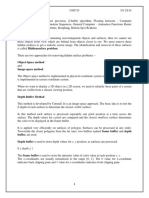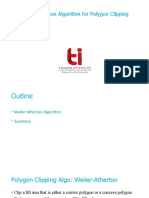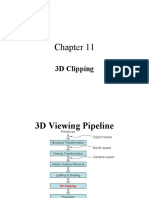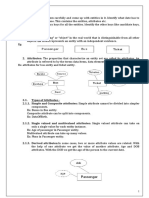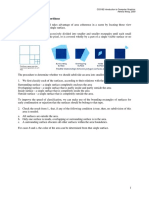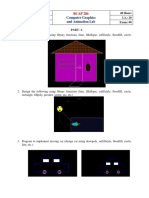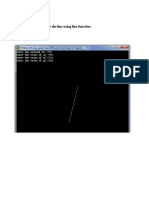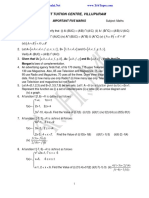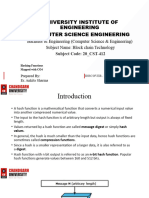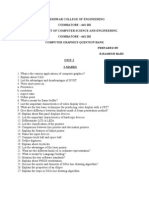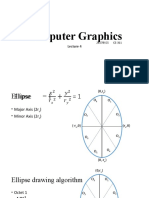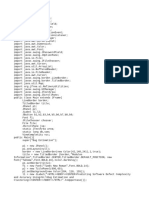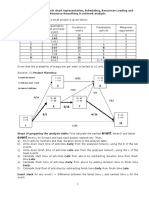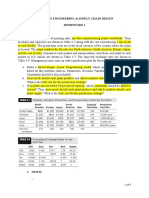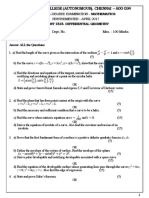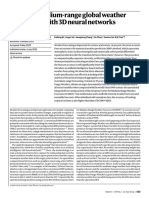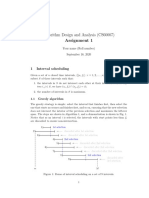0% found this document useful (0 votes)
157 views12 pagesDepth Buffer Method
The depth buffer method is an image-space approach that determines the closest visible surface at each pixel position by comparing the depth values of surfaces. It uses two buffers: a depth buffer to store the depth value of each pixel and a frame buffer to store the color value. For each polygon, it calculates the depth value at each projected pixel position and, if closer than the current depth buffer value, updates both buffers with the surface color and new depth value. This allows efficient hidden surface removal for polygons but requires large memory and processing time.
Uploaded by
Sinduja BaskaranCopyright
© © All Rights Reserved
We take content rights seriously. If you suspect this is your content, claim it here.
Available Formats
Download as PPTX, PDF, TXT or read online on Scribd
0% found this document useful (0 votes)
157 views12 pagesDepth Buffer Method
The depth buffer method is an image-space approach that determines the closest visible surface at each pixel position by comparing the depth values of surfaces. It uses two buffers: a depth buffer to store the depth value of each pixel and a frame buffer to store the color value. For each polygon, it calculates the depth value at each projected pixel position and, if closer than the current depth buffer value, updates both buffers with the surface color and new depth value. This allows efficient hidden surface removal for polygons but requires large memory and processing time.
Uploaded by
Sinduja BaskaranCopyright
© © All Rights Reserved
We take content rights seriously. If you suspect this is your content, claim it here.
Available Formats
Download as PPTX, PDF, TXT or read online on Scribd
/ 12
